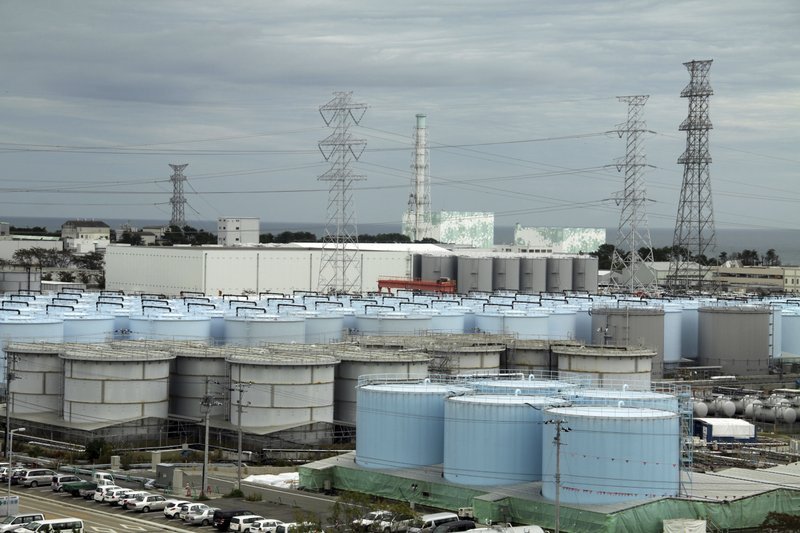Japan undecided on timing, method of Fukushima water release
By Ahn Sung-miPublished : March 3, 2021 - 17:50

Japanese authorities are undecided on how and when to discharge radioactive water from the devastated Fukushima nuclear plant into the sea or air, amid heightened environmental and public safety concerns from its neighboring countries, including South Korea.
“The exact timing on when the government will decide on the method and the period is yet to be decided,” said a Japanese government official Wednesday.
“We are still evaluating the situation. But it’s true that there are limits to the storage space of the tanks, and the government consider it as a task that cannot be delayed,” the official said, reiterating Tokyo’s stance to release the contaminated water, which has been filtered to reduce radioactivity.
The remarks came during a press briefing organized by the Japanese Embassy in South Korea, as next week marks the 10-year anniversary of the devastating earthquake and tsunami on March 11, 2011, that hit the Fukushima area and caused a meltdown of the three nuclear reactors. Attending the event was officials from the Agency for Natural Resources and Energy, Tokyo Electric Power, the state-run operator of the plant, and Japan’s Ministry of Foreign Affairs.
The liquid, which includes water used cool the power station, was contaminated after the nuclear disaster, and Tokyo has been pushing to release more than 1 million metric tons of treated water it has collected at the thousands of tanks at the site since 2011, as the storage capacity is set to run out by summer of 2022. But such a plan has sparked strong opposition and environmental worries among the public in both South Korea and Japan.
The water is being processed through the Advanced Liquid Processing System, or ALPS, to remove most of the dangerous radioactive materials, except for the traces of tritium, a radioactive substance which is still in the water -- albeit at low level, according to Tokyo.
Last November, Japan was set to make a final decision on the water -- either between disposing in the sea or vaporizing and releasing it into the air -- as both were considered the most “realistic options,” but it has been delayed amid fierce backlash from local residents, the local fishery and agriculture industry and neighboring countries.
The authorities said that relevant decision will be made in consultation with local residents, industry personnel and neighboring countries through diplomatic channels. It also stressed it would carry out safety inspections of the release with the International Atomic Energy Agency, and provide transparent, scientific information to its neighbors as well.
If Japan decides to discharge the water, it will likely be dumped as early as summer of 2022 when the storage reaches full capacity.
But the official raised a possibility on the delay of the discharge, considering the filling up of the tank -- which includes groundwater and rain that seeps into the plant -- inside the storage has slowed down, due to relatively low precipitation in 2020.
“The period as to when the water will be completely filled will depend on the level of rain and typhoons this year,” the official said. “We will review the plan considering such situation.”
By Ahn Sung-mi (sahn@heraldcorp.com)












![[Today’s K-pop] BTS pop-up event to come to Seoul](http://res.heraldm.com/phpwas/restmb_idxmake.php?idx=644&simg=/content/image/2024/04/17/20240417050734_0.jpg&u=)





![[KH Explains] Hyundai's full hybrid edge to pay off amid slow transition to pure EVs](http://res.heraldm.com/phpwas/restmb_idxmake.php?idx=652&simg=/content/image/2024/04/18/20240418050645_0.jpg&u=20240419100350)

![[Today’s K-pop] Zico drops snippet of collaboration with Jennie](http://res.heraldm.com/phpwas/restmb_idxmake.php?idx=642&simg=/content/image/2024/04/18/20240418050702_0.jpg&u=)